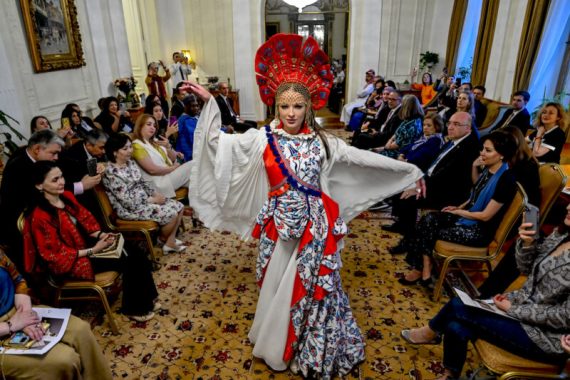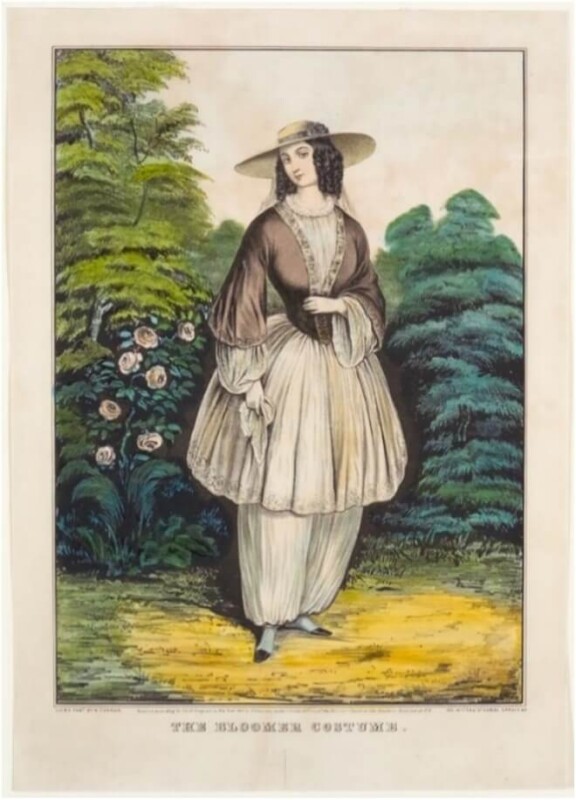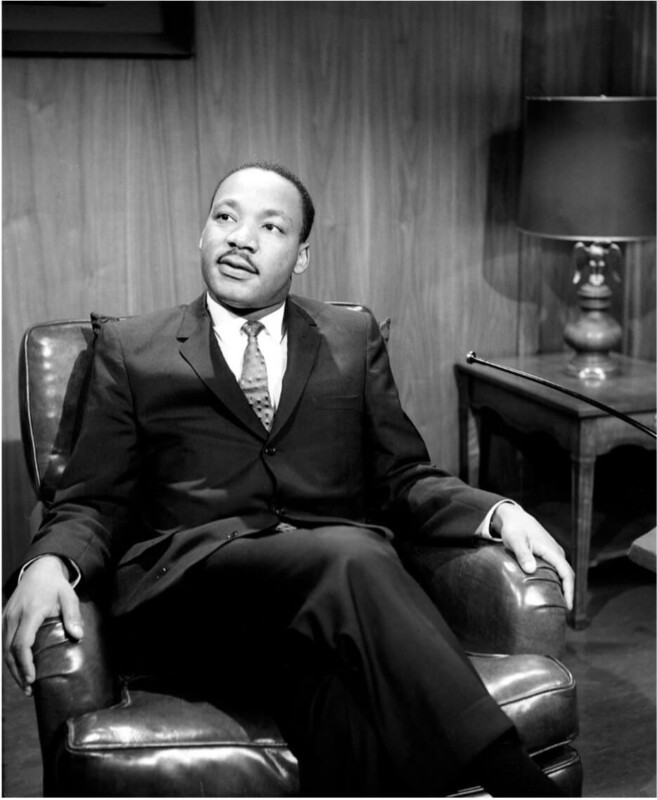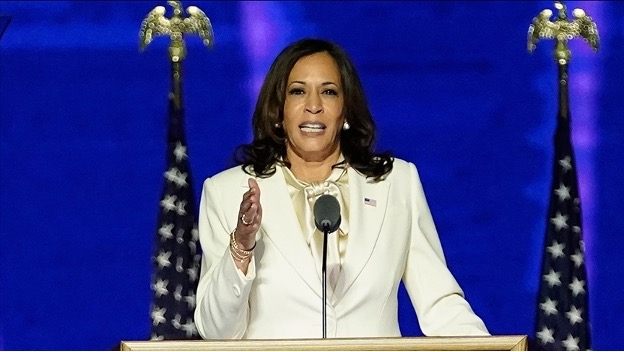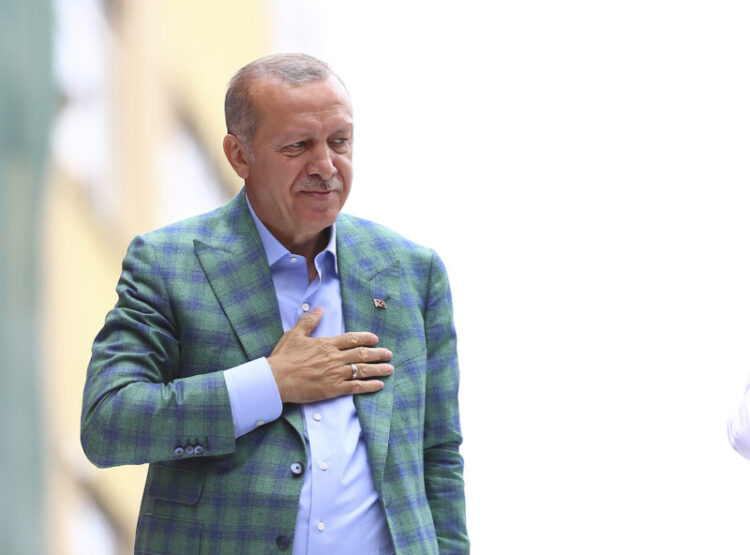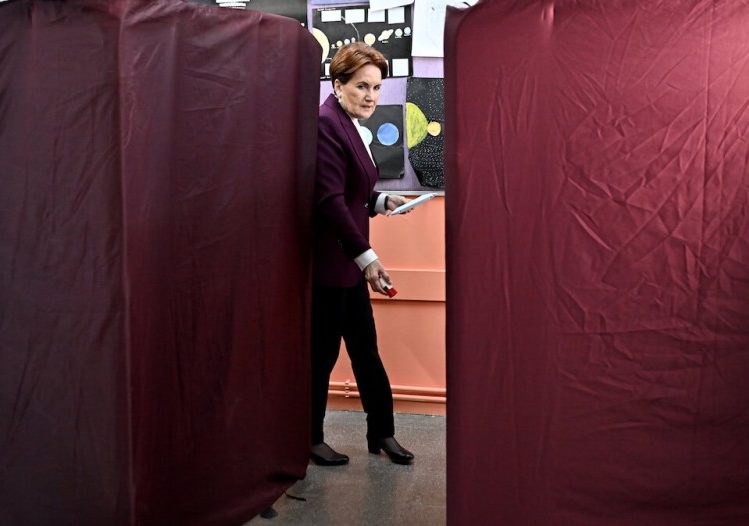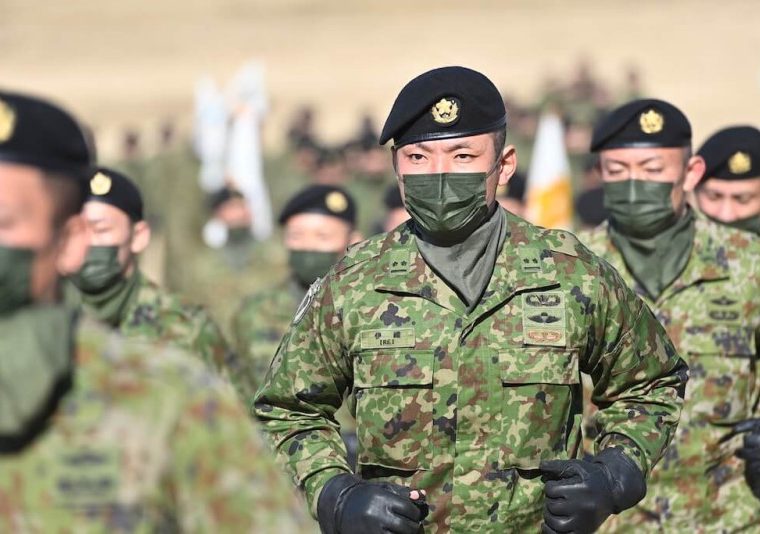T
he spheres of politics and fashion are two separate realms that are constantly merging to exert influence and shape perceptions. As interconnected spheres, politics and fashion govern both our bodies and our identities; they establish norms and traditions that affect our lives. From regulating how we present ourselves in public to how we interact with others, fashion has become a powerful tool of expression and diplomacy. A closer look reveals that the exchange between politics and fashion goes far beyond the trivial and has profound implications for diplomacy and soft power.
Trousers: A symbol of freedom and equality for women
Trousers have always been a symbol of freedom and equality for women. In the mid-1800s, bloomers challenged traditional gender norms and changed society’s perception of women’s roles and abilities. In the 20th century, during World War II, women wore trousers as they stepped into traditionally male roles due to labor shortages and economic necessity. But it wasn’t until 1993 that a momentous shift occurred when Carol Moseley Braun became the first woman to wear trousers in the United States Senate, breaking gender barriers and inspiring future female senators to embrace their personal style and comfort.
Dressing for civil rights
Political messaging through dress played a role in the civil rights movement as well. Martin Luther King Jr., a prominent figure in the fight for civil rights, was revered for his impeccable style, always appearing in perfectly tailored suits. King believed that a respectable, middle-class image was central to combating racial stereotypes. His sartorial choices sent a strong message of professionalism, dignity, and the importance of appearance in the pursuit of social justice. By always presenting himself impeccably dressed, King challenged discriminatory perceptions and sought to gain credibility through his tireless advocacy for civil rights.
Dress and political messaging
One of the most obvious examples of the political significance of fashion is the importance of the color white for women’s suffrage. White was the color worn by the pioneers of the women’s movement in the United States, the suffragettes. The suffragettes wanted to create a new image for the suffrage movement and women’s rights, and they needed a tangible symbol that would represent their goals. They sought to remind people of their resistance wherever they went, and they conveyed their message by using the color white, which represents purity and innocence. To this day, women in U.S. politics wear white on certain occasions as a tribute to the spirit of the suffragette movement. U.S. Vice President Kamala Harris wore a white pant suit to her swearing-in ceremony as a tribute to the women who fought for women’s suffrage.
As the first African-American First Lady of the United States Michelle Obama understood the power of the clothes one wears as a means of communication and influence. Her sartorial choices went beyond mere aesthetics and served as a tool to spread ideas, influence public opinion, and support causes. Michelle Obama is good at selecting designers from diverse backgrounds and supporting American fashion designers. She knows how to use fashion to bridge cultures and promote inclusion. Like Jackie Kennedy, when she visited foreign countries, she wore clothes that incorporated elements of the host country’s culture. She wore clothes with messages of inclusivity, such as her “Vote” necklace during the 2020 presidential election. But perhaps one of the her most important influences was to promote affordable and sustainable fashion by wearing pieces from brands such as Zara and H&M.
Dressing for political messaging is not unique to the Western world, as Turkish President Recep Tayyip Erdoğan’s choice of plaid jackets shows. President Erdoğan has been purposefully wearing plaid jackets on various occasions, particularly during rallies and visits to Turkey’s eastern regions. According to fashion designer Levon Kordonciyan, “The use of plaid jackets and patterned shirts gives the message ‘I am one of you’ and shows that he is easily accessible. It provides closeness in communication.”
The appearance of political figures emphasizes the importance of fashion as a tool of diplomacy. First ladies, such as Jackie Kennedy, use their fashion choices to represent their countries, emphasizing grace and cultural understanding. Jackie Kennedy was known for her incomparable style and elegance. She worked with French-born American designer Oleg Cassini to create a wardrobe that embodied timeless sophistication.
During her visits abroad, Jackie Kennedy carefully studied the local fashions and colors, blending in seamlessly while elegantly representing the United States. Her fashion choices not only demonstrated her style, but also conveyed a deep sense of cultural presence and understanding.
During her international travels, she regularly wore clothes created by designers from the countries she visited, promoting cultural exchange and soft power through the universal language of fashion. Her 1962 so-called goodwill tour to India and Pakistan highlighted her role as an ambassador of U.S. foreign policy, while indirectly promoting U.S. soft power through her visual image.
Queen Elizabeth II was one of the most influential actors of fashion diplomacy. As a visually distinctive figure, the Queen knew the importance of her appearance in conveying political messages. Her elegantly crafted clothes served as a symbol of her role as a representative of the British monarchy and its soft power as well as an embodiment of national identity.
In 2011, Queen Elizabeth visited Ireland wearing an emerald green cloak and a St. Patrick’s blue dress as a tribute to the two states’ reconciliation. Since the Irish War of Independence, there has been bad blood between the two countries, so this was a particularly important visit. During the same visit, at the state dinner, the Queen’s evening gown was specially made to honor her Irish hosts: silk shamrocks adorned the top of her dress, while a Celtic harp made of crystals replaced her traditional brooch.
The Queen’s choice of dress had the power to both flatter and impress. On her visit to China, she wore a dress emblazoned with China’s national flower, extending the goodwill between the two countries.
Even in matters of religious affairs, the Queen’s dress played an important role: a queen wears black only in times of mourning. But during her meetings with the Pope, she followed papal protocol and wore a black dress and veil to symbolize her respect for papal traditions and to improve relations with the Vatican.
At the award ceremony of the FIFA World Cup 2022 in Qatar, the Emir of Qatar put a bisht on Lionel Messi. A bisht is a traditional cloak or outer garment worn by men in various countries in the Middle Eastern and North Africa. According to Mustafa Baig, a lecturer in Islamic Studies at the University of Exeter, the bisht is only worn by a select group of people and the Qatari emir’s gesture was a sign of respect for the footballer.
The gesture served as a cultural gesture of welcome and acceptance, and as an exemplary demonstration of Qatari soft power. That fact that many Argentinians wore bishts in the days following Argentina’s lifting of the 2022 World Cup trophy.
The relationship between politics and clothing is obvious: fashion and attire have long been a powerful tool for political messaging and diplomacy. Clothing has a history of challenging stereotypes, conveying messages, and serving as a tool for advocacy. Whether through symbolic colors, political messages, or rebellious choices, the influence of attire on politics and society will continue in the digital age of self- and nation branding in full force.
Recommended
